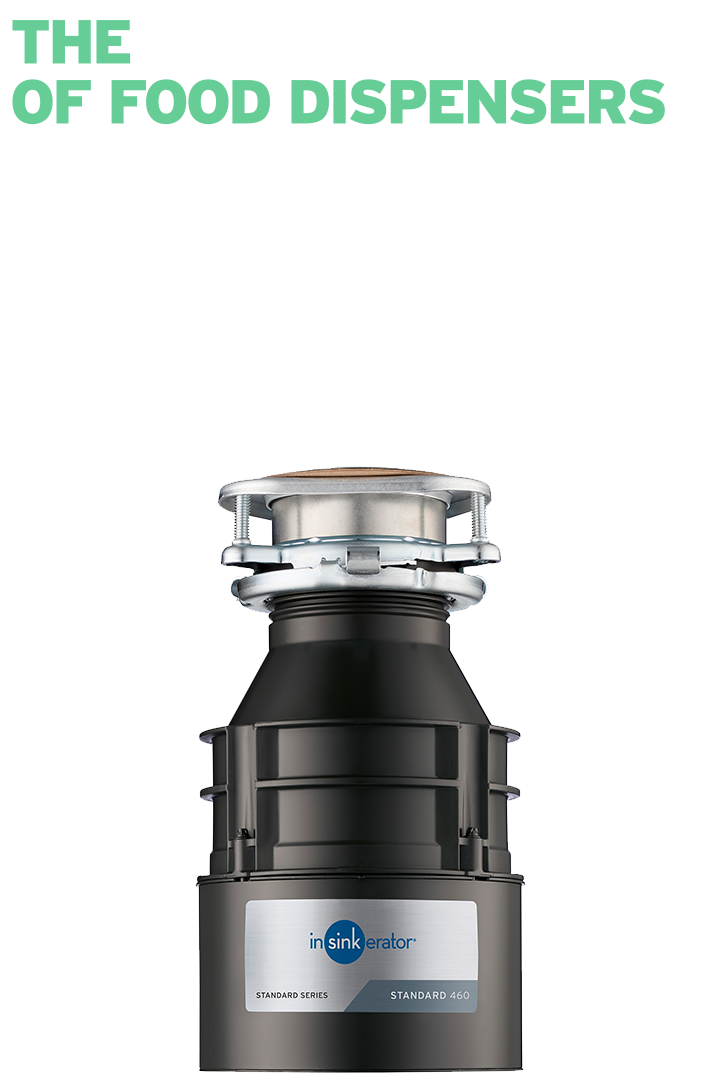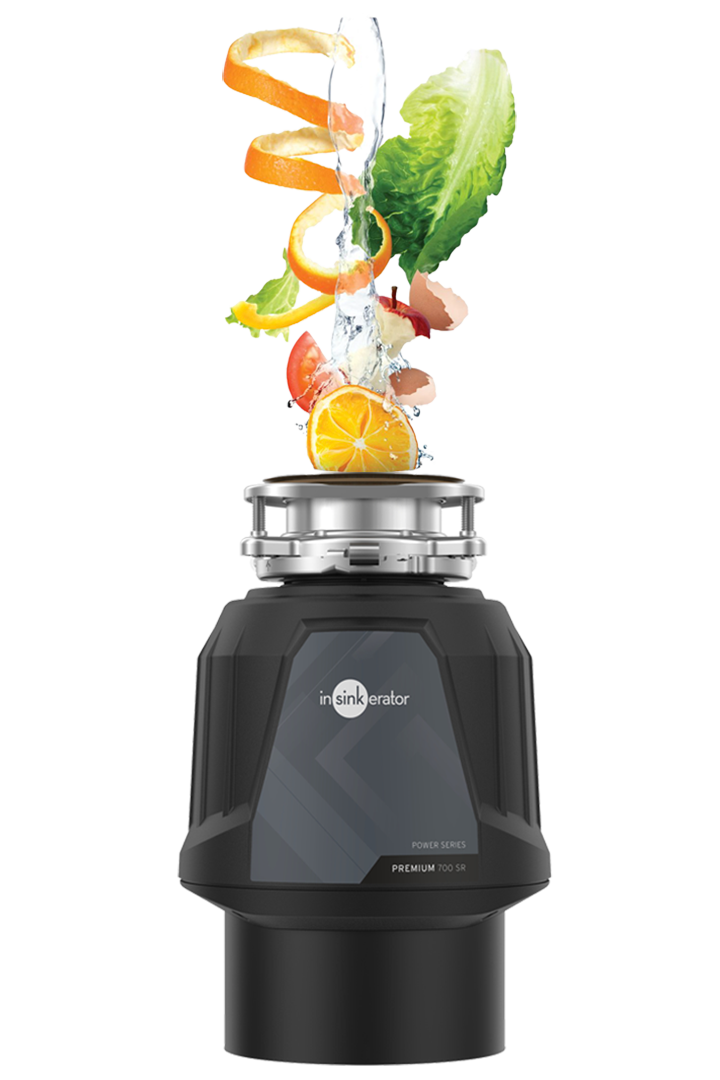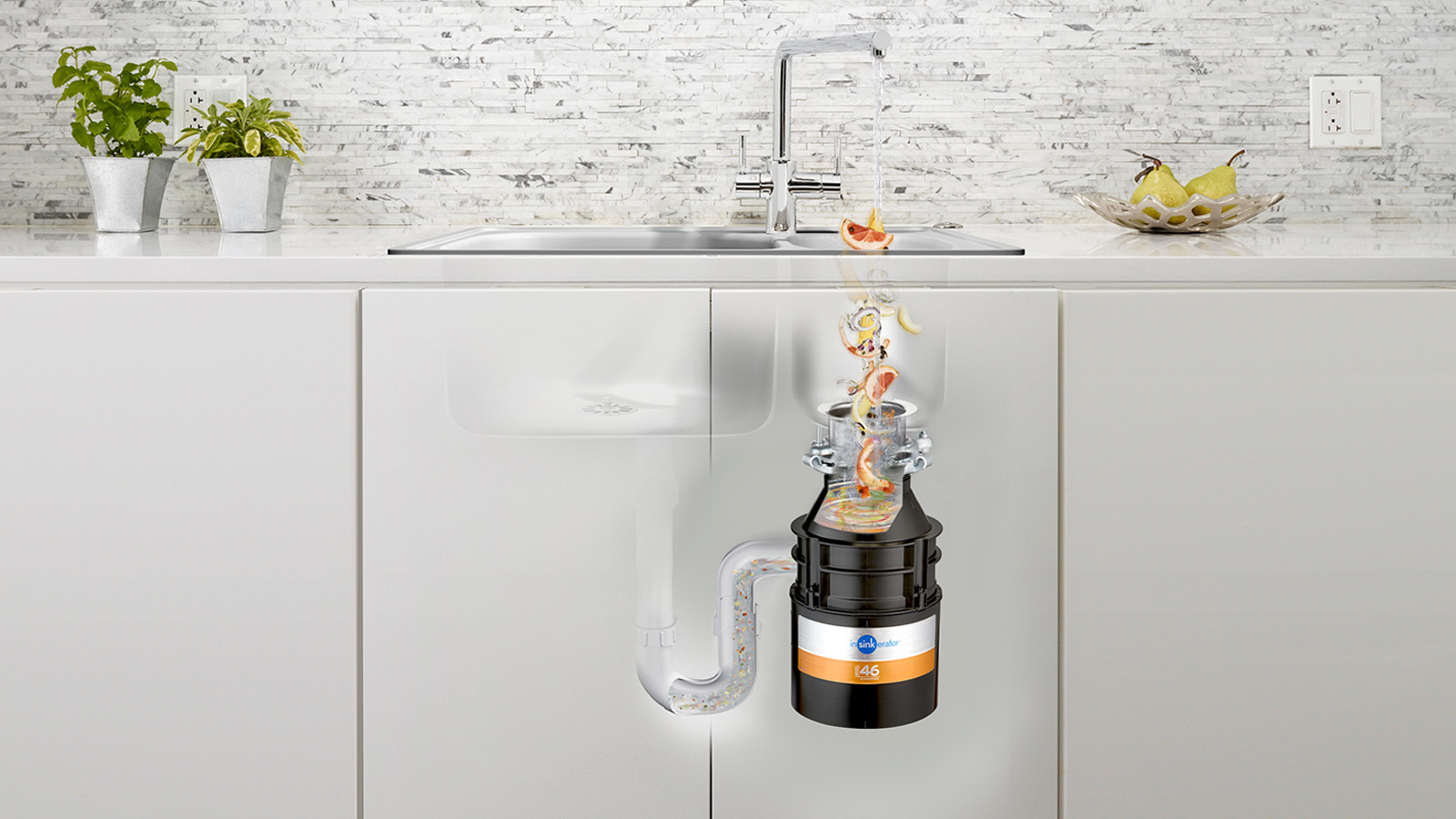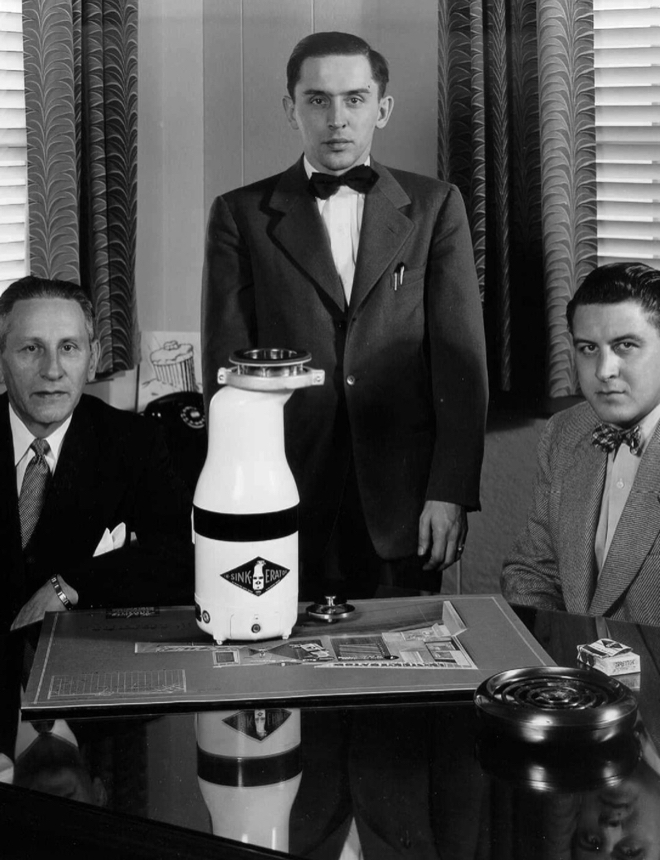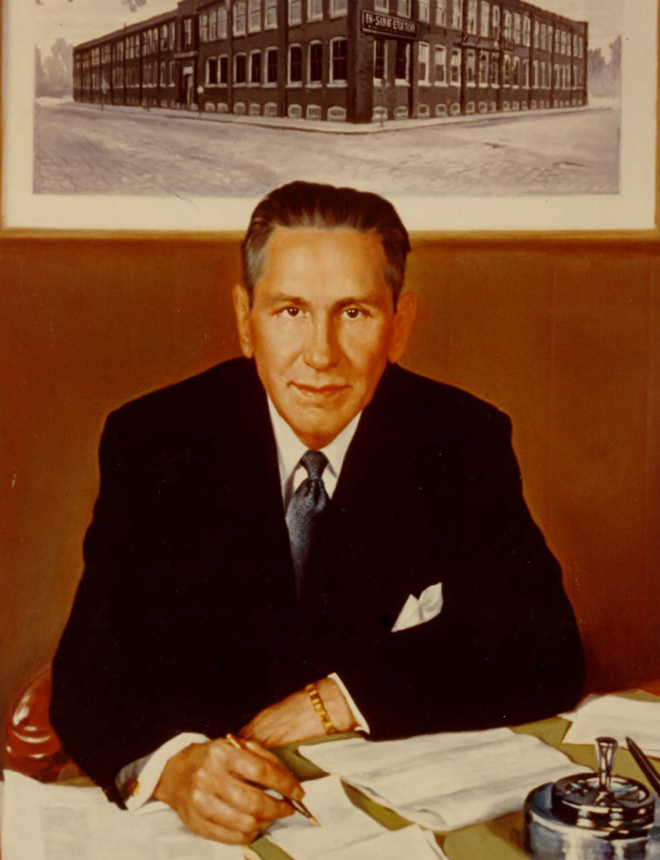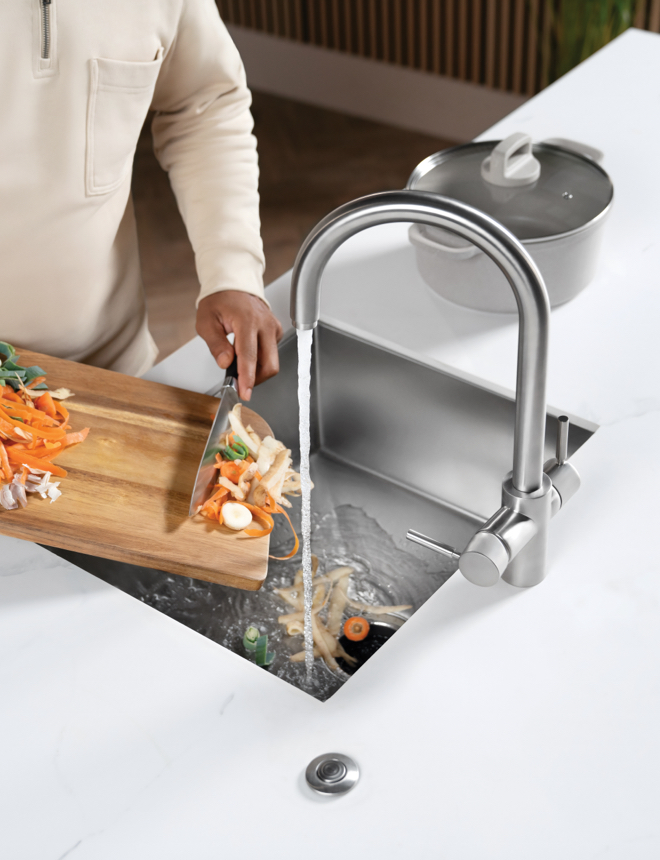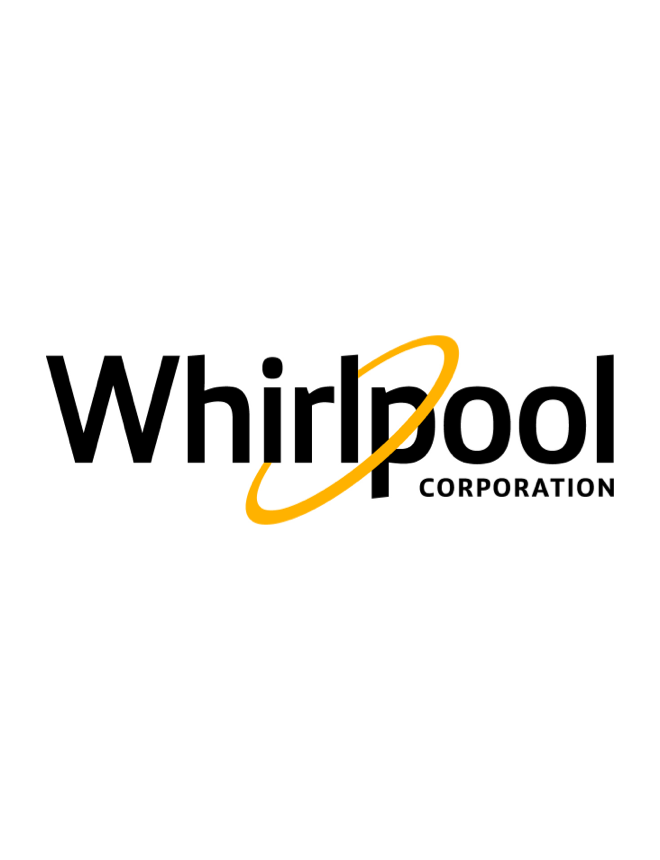InSinkErator
Say goodbye to food scraps from food preparation and leftovers with an InSinkErator food waste disposer. InSinkErator waste disposal units are designed to require no cleaning or maintenance – making them a truly mess-free option for every cooking space. There are no blades inside InSinkErator food waste disposers, meaning they’re safe for all the family to use. A convenient and safe way to manage food waste practically and improve hygiene in the home, food waste disposers are easy to install underneath the kitchen sink, connected to the standard plumbing.
Dispose of food waste instantly, preventing bad smells and bacteria.
No emptying, grinds food waste into small particles that pass through plumbing like water waste.
With no blades, they're safe to use by all the family.
Easy to install, quiet to run, and require no cleaning or maintenance.
Simply put food waste in the sink, run the tap, press the button and push the waste into the plughole.
InSinkErator offers in-home 'Fit and Forget' limited warranties, for service at your home.
InSinkErator FAQs
Do they require servicing and maintenance?
What is the installation criteria for a food waste disposer?
Can you briefly explain what a food waste disposer is?
Food waste is fed into the food waste disposer with cold water and the waste is ground down into small particles which flush easily through the wastewater system to wastewater treatment plants, where biogas and soil improvers are extracted.
In this country, according to OFWAT over 80% of sewage sludge is already treated by anaerobic digestion (AD) and this is set to rise further as recovery ambitions increase. Food waste is very rich in biogas, phosphorus, nitrates as well as other fertilisers.
How do you install a food waste disposer?
Installing an InSinkErator food waste disposer is a straightforward process for any handy person or plumber, there are also some comprehensive instructions that come in the box.
You'll need the following equipment:
Phillips screwdriver
Pipe wrench
Pliers
Safety goggles
What can I put in a food waste disposer?
InSinkErator food waste disposers can dispose of most food waste in a matter of seconds.
However, certain food types are only recommended for the Evolution models. The Evolution models can grind most food waste, and our M-Series models can grind any food apart from stringy and fibrous materials such as banana peel, celery and rhubarb.
An InSinkErator food waste disposer effortlessly grinds food waste into tiny particles that are flushed down the drain and to the local wastewater treatment plant - where they can be used to create biogas.
What not to put down your food waste disposer?
How do I clean my food waste disposer?
Food waste disposers are very low-maintenance appliances. However, if you smell any odours coming from your disposer, it's usually the sign of food build up. Over time, food waste particles can accumulate inside the grind chamber and sink baffle.
To clean your disposer, follow these simple steps:
1. Turn off your disposer
2. Remove the sink baffle and clean the underside of the baffle with a scouring pad
3. Place the baffle back in the sinkhole
4. Turn on your disposer and run a medium stream of cold water
5. Place ice cubes mixed with lemon/lime wedges down your disposer to freshen it up
Are there blades or knives in an InSinkErator food waste disposer?
No, it is as simple as that!
InSinkErator food waste disposers are perfectly safe and don't have blades or knives. Instead, lugs are used to throw food waste against a stationary grind ring. The grind ring breaks food waste down into very fine particles, almost liquefying them, so they can flush down your plumbing.
Are food waste disposers loud?
Do I need a special sink to install a food waste disposer?
No, you do not need a special sink to install an InSinkErator food waste disposer. As standard, most sinks come with a 90mm sink hole and our disposers are designed to fit these, you just need to check that you have enough space under your sink to fit the unit.
If you have a ceramic sink, we recommend that you choose one of our Evolution models. Evolution disposers are fitted with anti-vibration technology, so this will ensure there are no strong vibrations that could damage a delicate material like ceramic sinks.
Do I need a double bowl sink to have a food waste disposer?
If we send more food waste through our sewer network, what will be recovered from it?
Potentially biogas, or renewable energy and fertilisers.
More information on the food waste journey can be found on the specific product information page.
Will a food waste disposer cause blockages in the sewers?
I think that composting is the long-term sustainable option - surely disposers are not as sustainable?
Domestic composting works well in homes that know how to do it and have outside space. However, in urban homes with limited space storing food in caddies for collection is problematic and attracts low participation. There are also a number of foods that should not be composted, but can be put in a food waste disposer, these include bread, meat bones and cooked rice.
While ultimately municipal composting is not usually able to fully recover the potential energy, over 80% of WwTP now have AD , enabling them to recover biogas, phosphates, nitrates and other crucial soil improvers.


